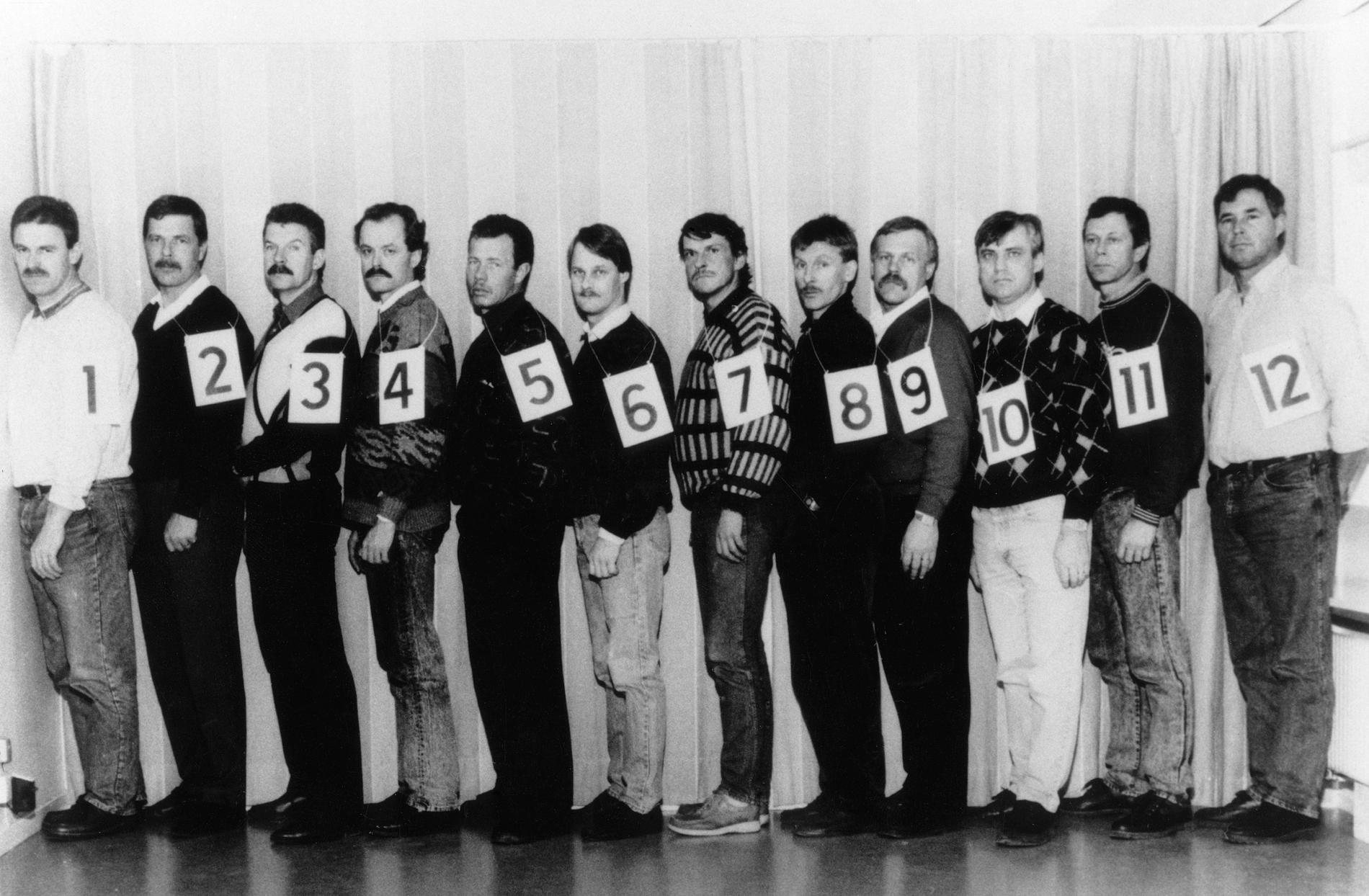Autovaccines have been given various names (autogenous or autologous vaccine, herd or emergency vaccine, custom-made vaccine, etc.) and definitions. However, since its use and production in veterinary medicine are regulated, we must consider the legal definition: “inactivated immunological veterinary medicinal products that are manufactured from pathogens and antigens obtained from one or several animals of an epidemiological unit and used for the treatment of said animal or animals of the same epidemiological unit or for the treatment of one or several animals in an epidemiological unit”. unit with respect to which the existence of an epidemiological relationship has been confirmed. (REGULATION (EU) 2019/6 of December 11, 2018 on veterinary drugs that entered into force in January 2022).
Thus, autovaccines are a type of vaccine:
- Destined for one farm, or group of epidemiologically related farms
- inactivated
- Preventive in its quality of vaccines
The incorporation of the strains of the farm’s own pathogens, bacteria or viruses, makes them very specific and versatile. It is possible to include several different agents or antigenic variants of the same agent in the same autovaccine, something that is usually done in multifactorial processes.
They are not industrial products. They are custom-made vaccines that are produced on demand and prior veterinary prescription for a wide variety of animal species and pathogens and in variable quantities. This allows its composition to be updated including the new strains that appear on the farm.
The fact that they are inactivated This means that they are generally formulated with adjuvants, necessary to enhance the immune response, and that in mammals and birds they are almost always applied parenterally. In the same way, inactivation makes them very safe since they can never reproduce the disease that they are intended to control.
When to apply them?
We will have to stick again to the legal aspects beyond the technical indications, but in general we can say that they come to fill the gaps left by registered vaccines and can be used in the following cases:
- If there is no commercialized vaccine for that animal species and that indication. A clear example would be autovaccines against Staphylococcus hyicus, Brachyspira hyodysenteriae o Metamycoplasma hyosynoviae.
- When the registered vaccines do not include the antigenic variants from our farm and there is no cross immunity between them. The variants can be determined by the serotype, the toxins or the virulence factors that they carry. It would be the case of Streptococcus suis, Actinobacillus pleuropneumoniae o Glaesserella parasuis among others.
- If there is a suitable commercial vaccine, an autovaccine could only be used in the event that the first one has not been effective, prior demonstration and notification of said lack of efficacy.
Production process of an autovaccine
The complete protocol (Table 1) involves a series of steps in which several actors are involved:
- The vet. He is responsible for detecting the process on the farm, taking the samples, prescribing the autovaccine and supervising or executing its application.
- The diagnostic laboratory. It will carry out the analyzes and the isolation of the strains.
- The laboratory producing autovaccines. It can be the same or different from the diagnosis. He must be authorized and will be in charge of designing the composition of the autovaccine (in agreement with the veterinarian and according to the results of the diagnoses) and manufacturing it.
Table 1. Production process of an autovaccine.
Key points for the autovaccine to have a high probability of success
1. Diagnostic approach
It will be different depending on the pathological process but it starts guiding the taking of samples on the farm. The laboratory should advise what kind and quantity of samples to take and what type of animals. It is important to analyze more than one batch of animals or batches from different production phases. A complete differential laboratory diagnosis will always be made to identify all those agents that could cause the observed clinical process, taking into account that many pathologies are multifactorial, and that there may be underlying processes. For the autovaccine it is necessary to identify the antigenic variants whenever possible and achieve the isolation in culture of all the identified strains and characterize them adequately. The strains will be kept to be able to prepare batches of autovaccine as required.
2. Manufacturing process
It will depend on theknow-how” of each laboratory but in any case it must be specifically adapted to a large number of different bacterial or viral isolates, serotypes, toxins or their combinations. There are a series of steps, each of them with determining variables for the quality and efficiency of the batch produced. It will take between 4 and 6 weeks.

3. Application protocol
Like any other vaccine, autovaccines must be integrated into the health control program of the farm, which must be applied correctly and continuously, following the indications of the laboratory and the veterinarian, to observe results in the medium-long term.
We can conclude that autovaccines are one more tool, sometimes essential, with which we must count within the sanitary control strategies. As long as they are prescribed after a correct and complete diagnosis and with an adequate application on the farm, they are highly effective in the prevention of many infectious processes, as well as profitable.

